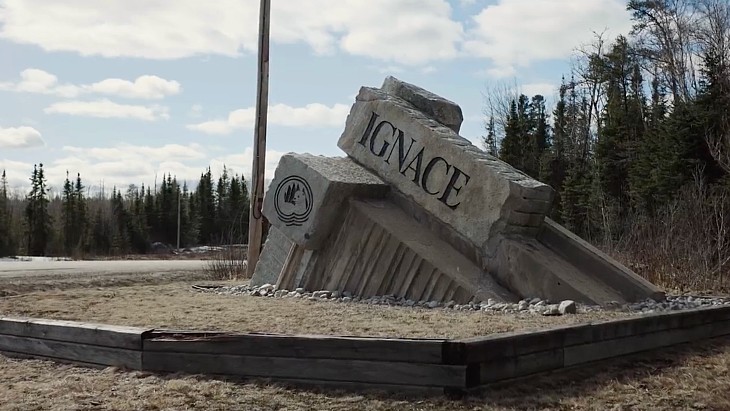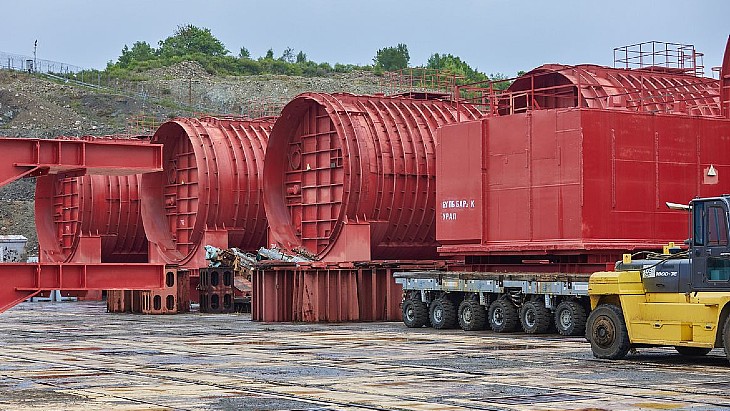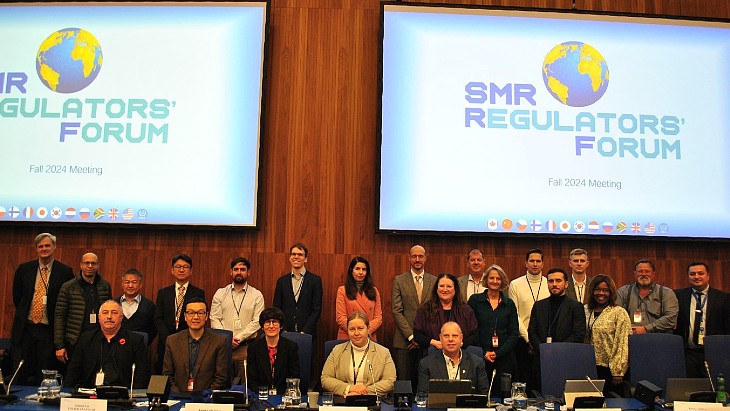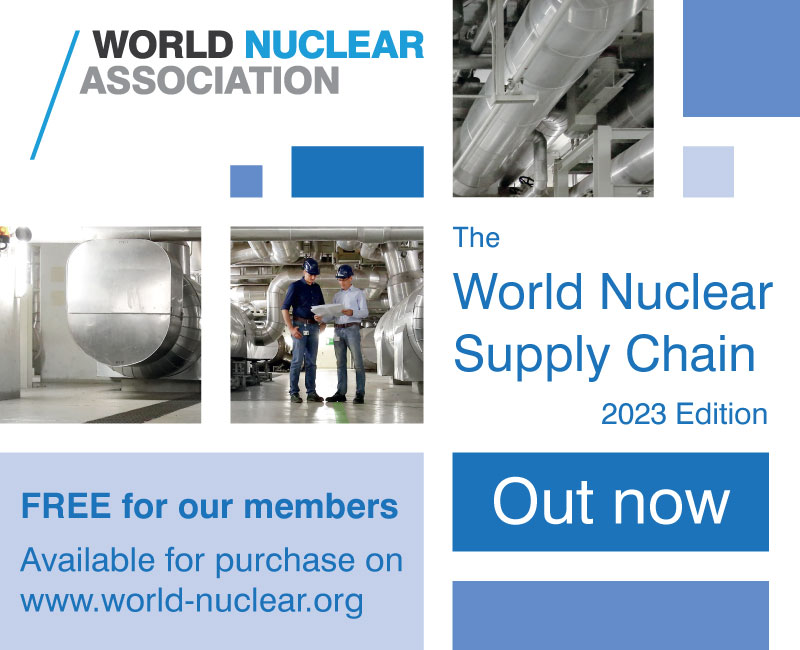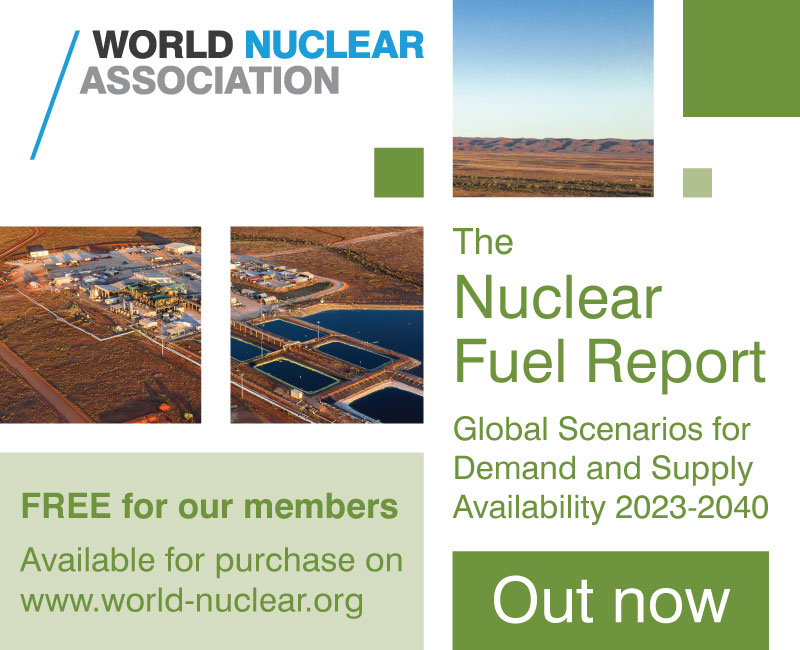NWMO publishes transportation planning documents
.jpg)
NWMO said transportation is an essential part of Canada's plan for the safe, long-term management of the country's used nuclear fuel. The used fuel will need to be moved from interim storage facilities near reactor sites across Canada to a proposed deep geological repository site. The transportation programme is expected to begin in the 2040s, once the repository is operational.
The Transportation Planning Framework sets out objectives, priorities, and considerations for transporting used nuclear fuel. It was informed by public feedback on an initial draft released in August 2020. Key updates include more discussion of the importance of Indigenous voices in the planning process and an acknowledgement that people have concerns about existing infrastructure gaps and impacts.
In addition, the document reflects a need to continue to engage with the public to ensure it remains aligned with their priorities over the 20-year planning process.
The Preliminary Transportation Plan provides an overview of the technical approaches, regulatory requirements and planning assumptions that the NWMO will build on to ensure safe and secure transportation that protects people and the environment.
NWMO said transportation plans will continue to evolve and become more detailed over the next 20 years of planning.
"While transportation of used nuclear fuel won't happen for at least 20 years, we know it's a subject of broad public interest and we want to hear from Canadians and Indigenous peoples about what they want to see in a safe and socially acceptable transportation plan," said NWMO Transportation Engagement Manager Caitlin Burley.
"The planning framework and preliminary plan provide a solid foundation to advance our public dialogue as we develop more detailed site-specific transportation plans in the years to come.
"In 2015, we started an inclusive dialogue about transportation to hear from a diverse cross-section of individuals, municipalities, First Nation and Métis communities and organisations, and first responders," Burley added.
"To date, we have engaged with thousands of Canadians and Indigenous peoples to understand their perspectives, suggestions, questions and concerns related to the transportation of used nuclear fuel. And, like everything else we do, we are interweaving western science and Indigenous Knowledge into our transportation planning approaches."
NWMO's transportation approach will be subject to ongoing review and public reporting. Every three years, NWMO will review and revise the Transportation Planning Framework, which will consider updates based on factors such as evolving best practice, new technologies, and ongoing adaptation and continuous improvement.
NWMO plans to select a repository site in 2023. Ignace and South Bruce, both in Ontario, are being studied as possible host areas, having been narrowed down from a list of 21 interested communities through a process launched in 2010.
Detailed site characterisation, federal impact assessment and licensing processes will begin in 2024. A five-year strategic plan published by NWMO last year anticipates construction of the repository beginning in 2033, with operations beginning between 2040 and 2045.
_17992.jpg)
_75800.jpg)
